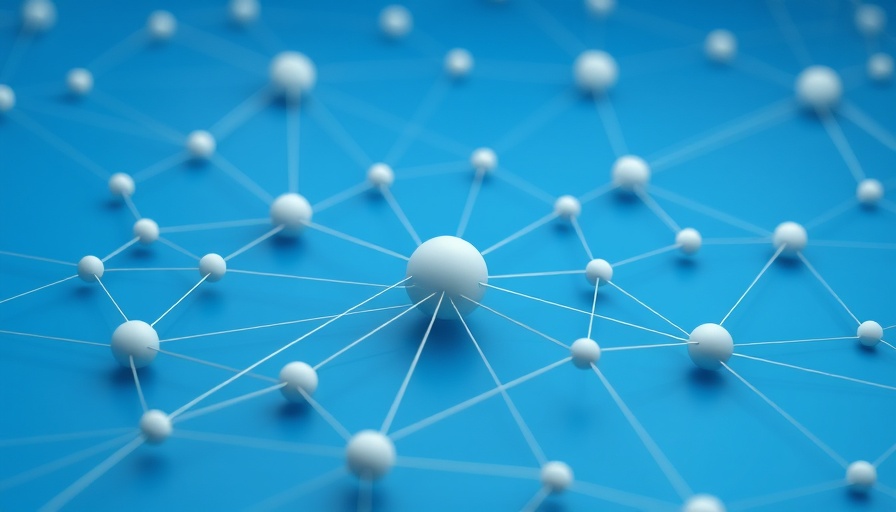
Understanding Network Effects in Healthcare
The healthcare industry is witnessing a transformative shift driven by technological advancements and the strategic use of network effects. Companies like Epic, Doximity, and Tempus are not just capitalizing on artificial intelligence (AI) — they are utilizing network effects to enhance their market position and drive value. Network effects occur when the value of a product or service increases as more people use it. In healthcare, this principle can lead to improved patient outcomes, streamlined administrative processes, and greater data sharing.
The Power of Network Effects
In simple terms, the more interconnected stakeholders there are in a healthcare network, the more valuable that network becomes. For example, as more doctors join Doximity, the value of the platform increases, drawing more medical professionals into the fold. Similarly, Epic's electronic health record (EHR) systems become increasingly robust as more healthcare providers utilize them, creating a rich ecosystem that enhances patient care.
Key Characteristics That Strengthen Network Effects
As articulated by experts in the field, not all network effects are created equal. Three key factors contribute to the strength of network effects in healthcare:
- Multi-homing Costs: These costs refer to the difficulties associated with utilizing multiple platforms simultaneously. In healthcare, the integration with established EHR systems can create barriers for new entrants, solidifying the value of those networks.
- Interaction Frequency: The more often users interact within a platform, the more valuable it becomes. For instance, regular communication among healthcare professionals and between providers and patients can lead to better outcomes, as discussed in the work of Summit Health.
- Complexity of Coordination: Simpler interactions can lead to stronger network effects. For example, platforms that facilitate straightforward transactions typically foster greater engagement and satisfaction among users.
Case Studies: Epic, Doximity, and Tempus
Epic's EHR platform is a prime example of leveraging network effects to improve healthcare delivery. By connecting various healthcare facilities, Epic not only creates efficiencies but also enhances patient care across a broad system. On the other hand, Doximity has become an essential networking tool for physicians, enabling them to connect, collaborate, and share resources more effectively.
Tempus takes a different approach by using network effects in the realm of precision medicine. By accumulating vast amounts of data and connecting healthcare providers and researchers, Tempus demonstrates how the aggregation of clinical data can lead to breakthroughs in treatment protocols and patient management.
Challenges and Future Predictions
However, the healthcare landscape is not devoid of challenges. The industry must navigate a myriad of regulations and technological hurdles, particularly relating to data privacy and interoperability. As these platforms continue to evolve and strengthen their network effects, we can expect innovations that address inefficiencies in the healthcare system, such as automating administrative tasks and optimizing resource allocation.
Moreover, as healthcare moves towards more patient-centric models, the importance of robust network effects will only grow. We may see increased collaboration across different platforms, improving accessibility and quality of care while reducing costs.
The Road Ahead for Healthcare Technologies
As we look forward, healthcare companies must prioritize building strong network effects into their business strategies. This entails focusing on user engagement, investment in infrastructure, and fostering partnerships that can enhance the interconnectedness of healthcare providers, patients, and technology. By doing so, they can secure a leading position in this rapidly evolving market.
For AI lovers and technological enthusiasts, the exploration of network effects presents a fascinating glimpse into the future of healthcare — one where enhanced connectivity leads to better health outcomes and more efficient processes.
Explore these emerging trends further and keep up with the latest AI developments that promise to reshape our healthcare landscape.
 Add Row
Add Row  Add
Add 


Write A Comment